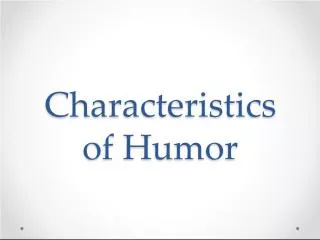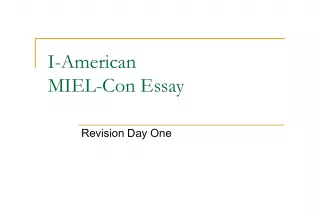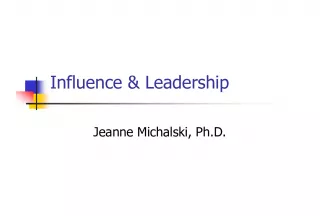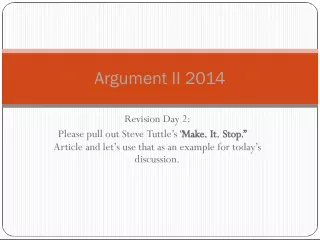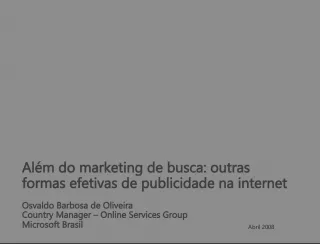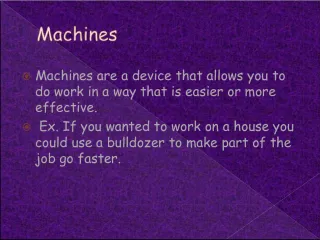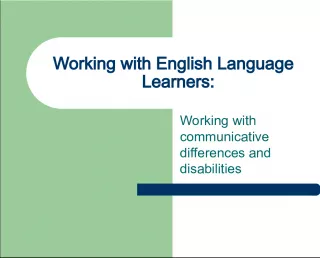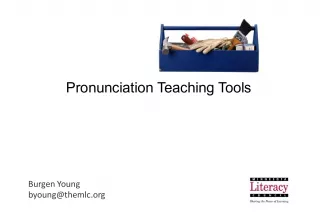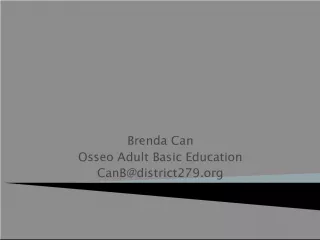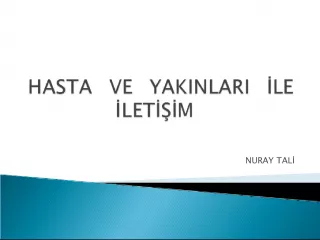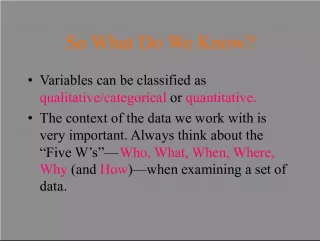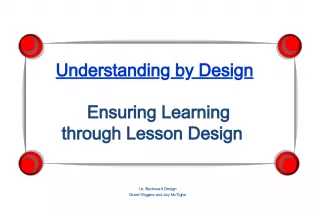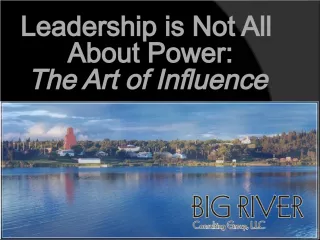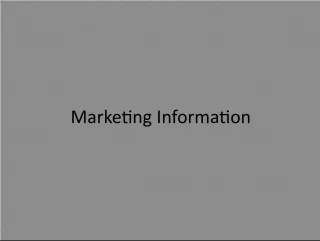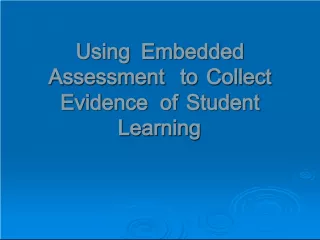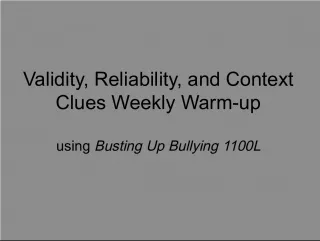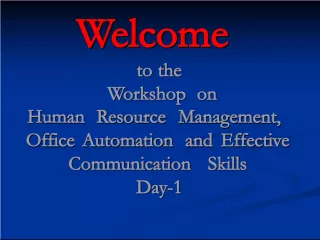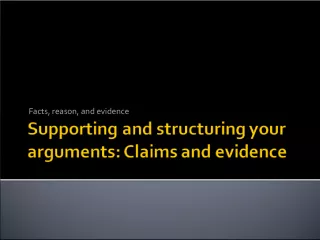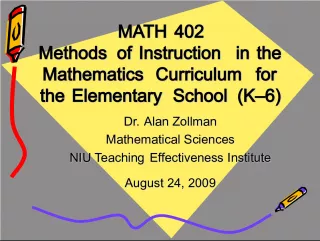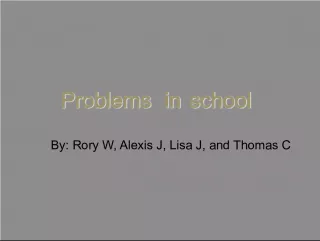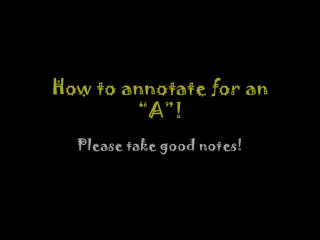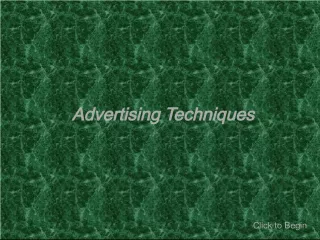Crafting an Effective Resume


This article provides information on what a resume is, its purpose and how it can be used to effectively showcase one's credentials. A resume is a succinct document that highlights an individual's relevant and positive attributes to
- Uploaded on | 3 Views
-
 octavio
octavio
About Crafting an Effective Resume
PowerPoint presentation about 'Crafting an Effective Resume'. This presentation describes the topic on This article provides information on what a resume is, its purpose and how it can be used to effectively showcase one's credentials. A resume is a succinct document that highlights an individual's relevant and positive attributes to. The key topics included in this slideshow are . Download this presentation absolutely free.
Presentation Transcript
Slide1Résumé Writing: Résumé Writing: Résumé Writing: Résumé Writing: What & Why? What & Why? http://www.career.vt.edu http://www.career.vt.edu
Slide2What is it?• A résumé is… – a brief, concise document that presents, and effectively sells, your most relevant and positive credentials.
Slide3What is it for?• for employment • admission to undergraduate or graduate school • consideration for a scholarship or fellowship • other professional purposes.
Slide4What is it for? (cont’d)• An effective résumé gets you an interview , not acceptance, money or a job.
Slide5How long should it be?• No more than one page*. – Employers spend approximately 15 – 30 seconds reviewing a résumé. – *Exceptions to this include instances of extensive professional and academic experience. – If you must have 2 pages, keep the most import things on the front.
Slide6What to include?Heading: • Your full name . – Use the form of your name as it appears on academic records and other documents an employer may require you to provide. • so there will be no confusion that documents belong to the same person. – If you go by a middle name or nickname, you can emphasize or insert this, as… • George Bradley (Brad) Martinez • Kathryn (Kate) E. Winthrop.
Slide7What to include?Heading (cont’d): – Phone number(s) • If you only use a cell number, you can place that under your name, or list with mailing addresses. – E-mail address(es) • You can place this under your name, or with mailing addresses. • It's wise to set up an alias using your full name, as in Matthew.Broderick@bmhs.edu . • "Sexy@something" or “intoxicatedIM@whatever" is going to be the subject of employer's comments to many people, and the comments aren't going to be positive.
Slide8What to include?Heading (cont’d): • Mailing addresses • If you're a student, give both current/school AND permanent addresses (and phone numbers, if land lines, or if you don't list your cell number under your name). • Employers may wish to contact you during school breaks or even months after you submit your resume. Make it possible, and easy, for them to find you.
Slide9What to include?Heading (cont’d): – DO NOT place the word "resume" at the top of your resume. It's simply not done. (If the employer can't tell it's a resume, you've got bigger problems.) – Website URL? Social networking site? Do you blog, post comments online? • DON'T include a URL for a personal web site unless the contents are strictly professional / academic . • Student resumes listing web sites that contain inappropriate material — a quick way for employers to decide you don't have the judgment or maturity to be hired. • And if your Facebook/MySpace account has anything iffy, clean it up .
Slide10What to include?Objective • Your objective tells a prospective school or employer the type of work you are currently pursuing. The rest of your resume should be designed to most effectively support your objective. If you are using your resume to support an application for a scholarship, admission to graduate school, or the like, you can state this in your objective. Always state your objective simply and concisely. • For a job search, don't make an employer guess what you want to do. • Example: Marketing position in sports or sports promotion, interest in using writing and public speaking skills. • Avoid objectives like, "position which utilizes my skills and abilities" without specifying your skills and abilities. • Avoid objectives like, "position related to (name of your interest or major)," when your interest or major does not describe a job or career field or is too vague to be meaningful. – For example, "position in business" is far too vague to give an employer an idea of what you want to do
Slide11What to include?Objective (cont’d): • Seeking an internship or summer employment, a co-op position or other non-permanent position, – state this in your objective, so the employer will not misconstrue and assume you are a graduating student seeking permanent work. • If you find you have several different areas of focus or different objectives… – create more than one version of your resume . Each version of your resume can be slightly different to support its objective.
Slide12What to include?Education • Your education section should almost always immediately follow the objective statement. – This is because your education is your most recent significant accomplishment and is usually related to your objective. • Include: – Degree(s), major/program, grad month/year ("expected grad month/year" if not in near future) – If more than one, list most recent first.
Slide13What to include?Experience • If at all possible, use relevant experience to support your objective. – This experience can be… • paid or unpaid • an internship or a substantial class project • volunteer positions • positions held in clubs, etc. • If you have not had related experience, you should still list your employment background. – This shows an employer that you have learned basic work ethics and skills • e.g. taking responsibility • working cooperatively with co-workers • customer service • time management • or other characteristics that are important to any work environment.
Slide14What to include?Experience (cont’d): • Generally, within each category, list your experiences in reverse chronological order. – For each entry… • give the job title • name and location (city and state) of organization • dates of employment (month / year) • and a concise description of your accomplishments. • Use phrases; not complete sentences.
Slide15What to include?Activities & Honors • Your accomplishments and extracurricular activities tell a school or an employer about… – your interests – motivations – and skills – e.g. organizational, leadership, interpersonal – etc. • You may include… – scholarships – awards – recognition of academic achievement – etc. • Activities and Honors can be one combined section or two separate sections, depending on… – how many you have – the types you have – and how you want to sequence them in your résumé
Slide16What to include?Activities & Honors (cont’d): • When listing organizations… – Use a complete name instead of just the abbreviation. – If the nature or purpose of organization is not clear from the name, provide a brief explanation. – DON'T preceed each of your organizations with "member of...," "member of...," member of...." • If you list an organization, the employer knows you are a member; the organization name is sufficient.
Slide17What to include?Activities & Honors (cont’d): – DO indicate… • positions held • activities in which you have participated – If you held offices or leadership positions… • you may wish to briefly list or describe your accomplishments (as you do with work experience). – Emphasize the activities or skills that support your academic or career objective. – Indicate dates of membership and leadership roles held.
Slide18What to include?Skills • This heading might simply read "Skills“. – include a list of various skills including… • computer skills • laboratory skills • foreign language skills • etc.
Slide19What to include?Certification & Licensure • Include a "Certifications" or "Licensure" heading… – if and only if you have it. • e.g. CPR, CDL, etc. – place this section higher on your resume than other less related information.
Slide20What to include?Coursework • DO include courses that are relevant to your objective that the school or employer wouldn't otherwise know you've taken. – Advanced level classes – Classes specific to the field of interest – etc.
Slide21What to include?References • On a resume, it is completely unnecessary to state "references”. • Prepare a reference list, ON A SEPARATE PAGE FROM YOUR RESUME .
Slide22What to include?Interests • DON'T include an interests section listing hobbies and everything that personally interests you. – This is usually unnecessary and irrelevant. • If you have interests, activities or hobbies that are very important to you and that make a statement about who you are, DO list them in your Activities section. – e.g., if you are an avid rock climber or you've rebuilt a car… • list it as an activity • It certainly reflects discipline and hard work and skills, which are valuable characteristics.)
Slide23What to include?Interests (cont’d) • If you have traveled abroad and/or have foreign language skills, put this information in your Skills section. • or you may want to include a section labeled something like "International Experience." • The ability to function in other cultures and the maturity gained from extensive travel indicate characteristics and skills that are relevant to employers. • If you have studied abroad, include this in your Education section. • If you have musical or artistic talents that are not related to your academic or career goals, DO include these in your Activities or Skills sections as appropriate. – Again, these could reflect discipline and other positive qualities.
Slide24Questions?
